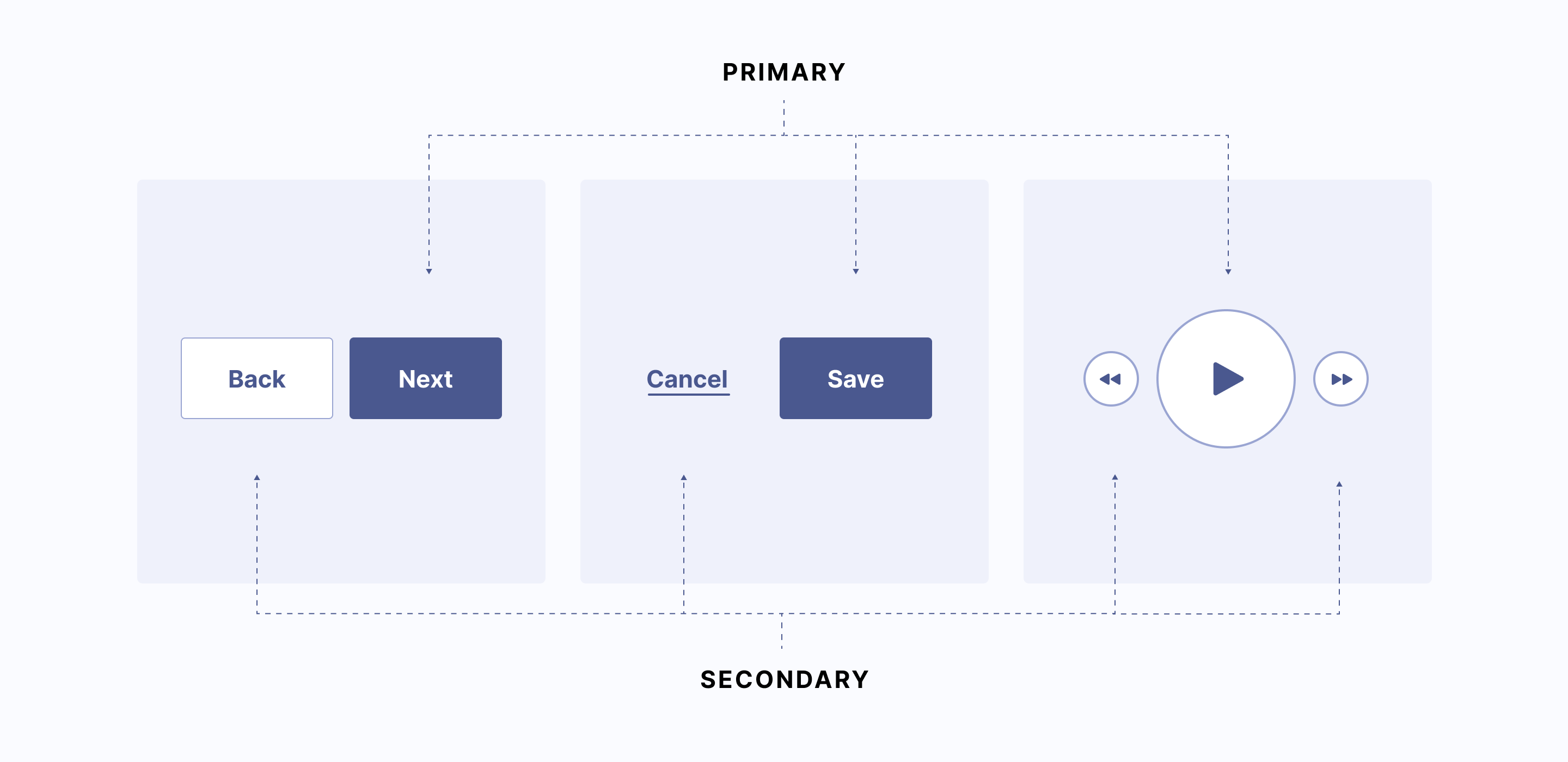8 — Determine what is primary and secondary
As much as you like to think it might be, not everything in your app is of equal importance.
When there are a number of actions available, really ask yourself what the most important one is. If you could only have one, what would it be? The rest are secondary.
Deciding what is primary can come down to a number of things. What is the objective the person is trying to reach? What is the action you would most like something to take at a given time? If you understand the objectives of your user well enough it should be pretty easy to determine what matters most.
Human beings get overwhelmed easily and having too many options available can actually be stressful for the user. It also muddles the path for them to their desired objective.
A primary action can be indicated and interpreted by giving it some visual distinction from the secondary actions. That could be through stronger colours, larger sizes or even a different placement.

Just think again what the objective of the user actually is. There is usually a main action associated with that objective. If a user wants to listen to a song in a playlist then the play action would undoubtedly be the strongest cue.
Users are constantly having to make decisions. In life, in work and in your app. Take the load off them the best you can and help guide them to what they should do next.
Takeaway
Not everything is of equal importance. Decide what is the most important action, just one, and have that as your primary action. Everything else is secondary. Proximity and similarity could help again here, too.
Further learning topics: Calls-to-action, Analysis Paralysis, Hick’s Law

